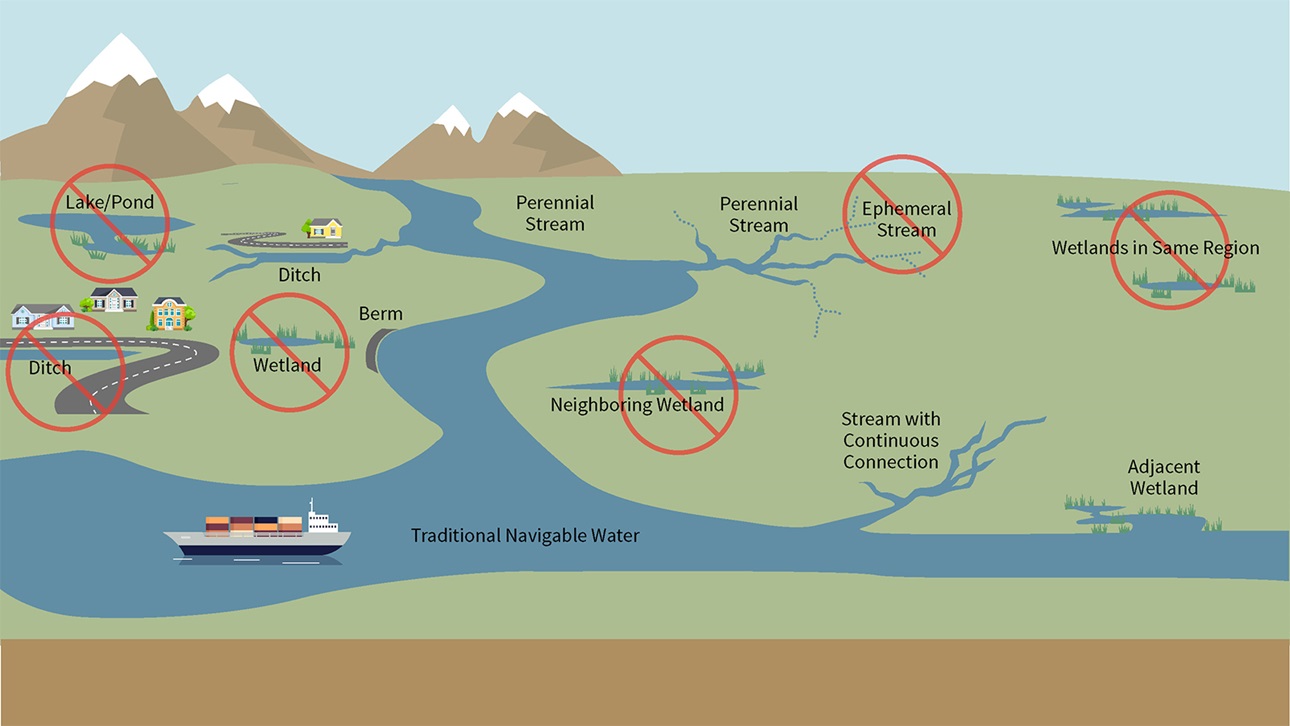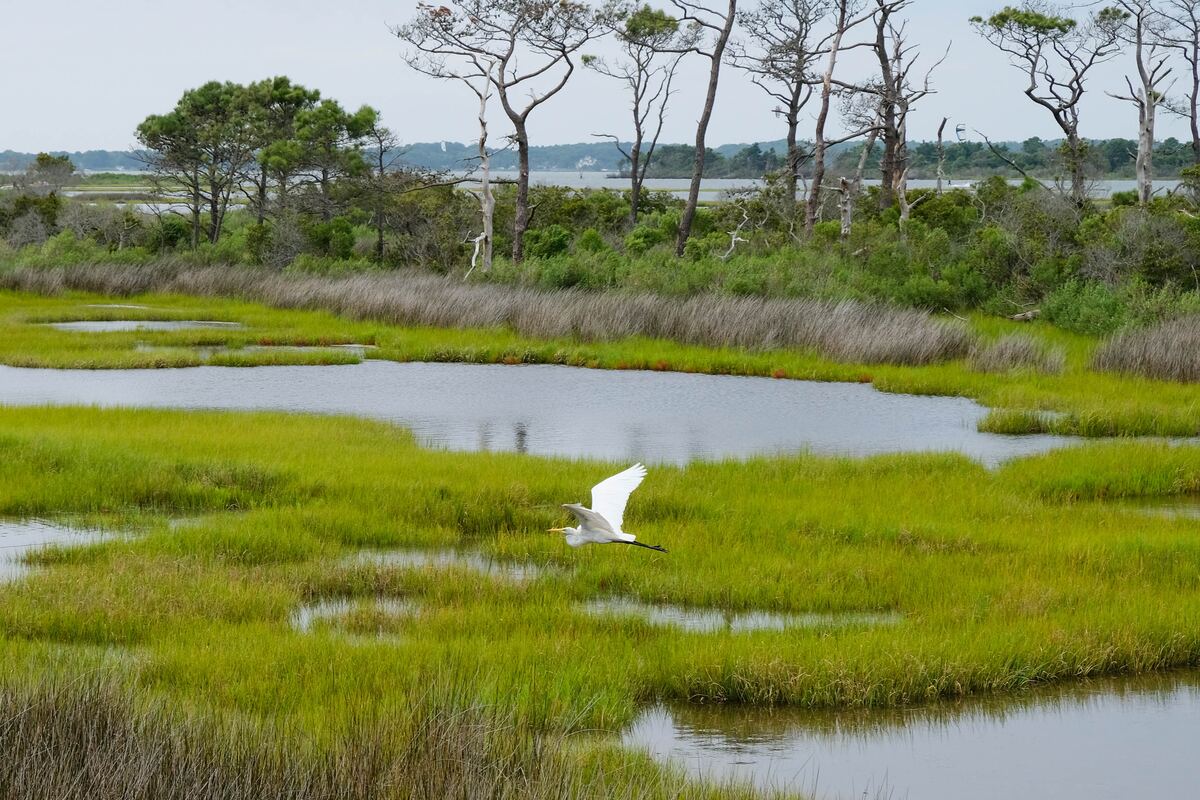Following the U.S. Supreme Court’s Sackett ruling in May and its sweeping rejection of several core aspects of the 2023 Revised Definition of Waters of the United States (WOTUS), the U.S. Environmental Protection Agency (EPA) and the U.S. Army Corps of Engineers (Corps) made two announcements:
- First, the agencies directed all Corps district offices to cease processing new requests for approved jurisdiction determinations (AJDs) and issuing new AJDs and Clean Water Act (CWA) 404 permits until the agencies finalize a new WOTUS regulatory definition that comports with the Sackett ruling.
- Second, the agencies announced their intention to issue a revised WOTUS regulatory definition by Sept. 1, 2023, using a rarely used rulemaking process known as a direct final rulemaking process.
NAHB objected to the agencies’ decision to cease processing new AJDs and underlying CWA 404 permits and urged the agencies to immediately develop interim WOTUS regulatory guidance consistent with the Sackett ruling. The amended final rule, NAHB noted, should follow the normal and routine public notice and comment process that typifies the federal rulemaking process.
Instead, the agencies have announced that, by using a good cause exemption under the Administrative Procedure Act (APA), they will not publish a proposed rule, nor take public comment before finalizing the rule. The good cause exemption permits agencies to forgo notice and comment requirement and bypass its 30-day publication requirement if good cause exists.
Typically, good cause exemptions are used in emergencies, contexts where prior notice would subvert the underlying statutory scheme, and situations where Congress intends to waive the APA’s notice and comment requirements.
However, by following this approach, the agencies risk not addressing other major flaws within the 2023 rule that are central to the Supreme Court’s Sackett ruling — namely providing a clear definition of what constitutes an “adjacent” wetland as well as defining for the first time what constitutes a federal CWA jurisdictional “relatively permanent” waterbody.
Under Sackett, only waterbodies (i.e., lakes, ponds, and streams) that maintain a relatively permanent water connection to another jurisdictional waterbody are jurisdictional under the CWA. CWA jurisdictional wetlands (including adjacent wetlands) must be indistinguishable from and thereby directly connected to a traditional navigable water (TNW).
By establishing these two rules of thumb for CWA jurisdiction, the Court rejected the agencies’ attempts under prior WOTUS regulatory definitions, including the recent 2023 WOTUS rule, to assert federal jurisdiction over isolated wetlands and ephemeral streams by alleging these features possessed either a physical, chemical or biological connection to a downstream TNW.
Based upon the Court’s findings on CWA jurisdiction under Sackett, the following graphic illustrates what types of features should no longer be under CWA jurisdiction.

NAHB Raises Concerns with OMB
NAHB staff met with the Office of Management and Budget (OMB) on Aug. 1, 2023, to relay the industry’s concerns about using the recently invalidated 2023 rule as the base text for the upcoming rule. Staff explained that after Sackett, it was not enough for the agencies to simply remove the significant nexus test from the 2023 rule.
NAHB staff also reminded OMB that CWA Section 101b outlines that states have the primary responsibility to prevent, reduce and eliminate pollution and urged the agencies not to expand their jurisdiction after the Sackett decision.
Finally, NAHB urged OMB and the agencies to include previous exclusions under the rule, such as waste treatment systems (WTS) and municipal separate sewer systems (MS4s), ephemeral features, groundwater, artificial ponds, wastewater recycling and stormwater control devices, green infrastructure, and prior converted croplands.
Radhika Fox, assistant administrator to the EPA Office of Water, announced during a recent House subcommittee hearing that the agencies will hold stakeholder hearings. However, the usefulness and purpose of these yet-to-be announced public hearings remains in doubt because EPA will host these public hearings only after the revised WOTUS rule is in effect.
For the latest WOTUS information, visit nahb.org.
*Note: All articles have been redistributed from NAHBnow.com*
